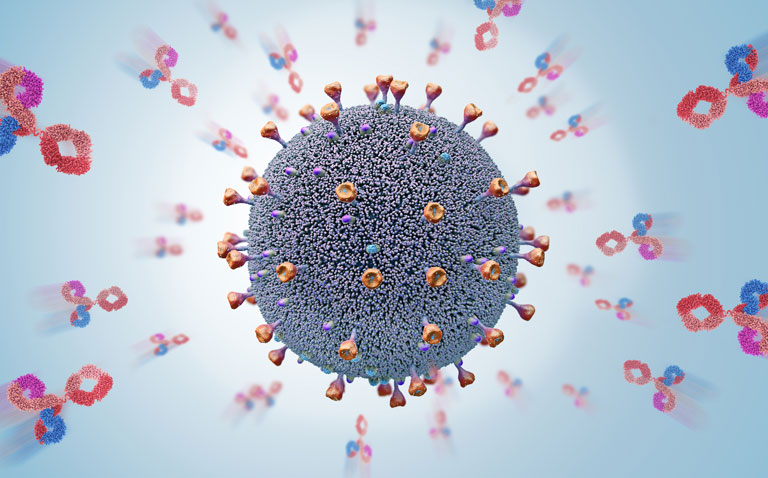The results of a recent Spanish study make for disturbing reading, suggesting that despite being one of the worse affected European countries, only around 5% of the population are seropositive for COVID-19.
In April 2020, the Spanish Ministry of Health established ENE-COVID, a nationwide, longitudinal study to quantify the extent of COVID-19 circulating throughout the country. The team randomly selected and recruited 35,883 households covering the 50 Spanish provinces and tested 61,075 individuals for COVID-19 between 27 April 27 and 11 May, 2020 while Spain was in lockdown.
The results from testing found a seroprevalence of the entire country of 5% (95% CI 4.7–5.4) although this was higher in the central part of Spain including Madrid and there was no difference between the sexes. Positive tests were 1.1% in infants younger than 1 year and 3.1% in children aged 5–9 years. Interestingly, between 21.9 % and 35.8% of patients who tested positive were asymptomatic, corresponding to between 376,000 and 1,042,000 individuals.
The authors note that their findings suggest that the achievement of herd immunity to COVID-19 is very unlikely and caution that because the majority of the population are still virus naïve, it is entirely possible that it can quickly re-circulate throughout the community, leading to a second-wave once lockdown restrictions are lifted.
Unfortunately, recent media reports of a localised lockdowns in parts of the country serve to illustrate how the authors’ forecasts have come true.
Reference
Pollan M et al. Prevalence of SARS-CoV-2 in Spain (ENE-COVID): a nationwide, population-based seroepidemiological study. Lancet 2020; July 6: doi.org/10.1016/ S0140-6736(20)31483-5.










